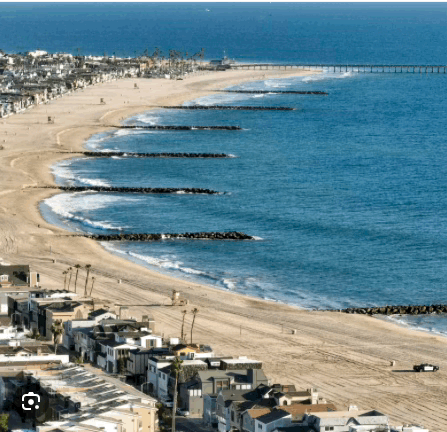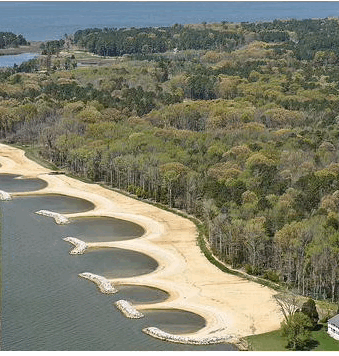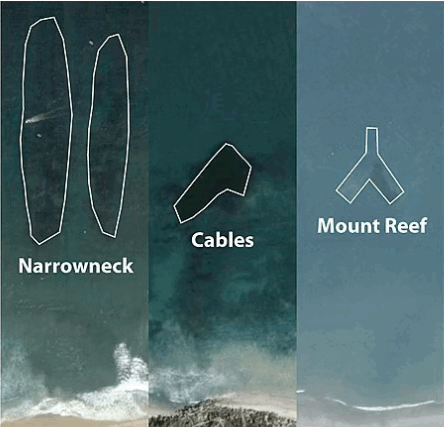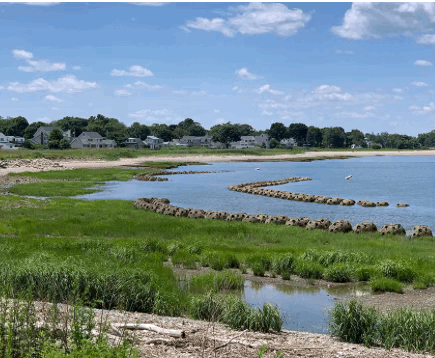SAND RETENTION STRUCTURES
Coastal engineered structures are generally constructed of earth mounds or engineered rock, and include:
Jetties, shoreline-perpendicular structures intended to maintain a harbor mouth; jetties are not constructed for the purpose of sand retention (even though they do retain sand) so this term is excluded from our discussion.
Groins (sometimes spelled "groynes") which resemble jetties but are not associated with a harbor.
Breakwaters, offshore emergent (extending above mean high tide) structures that trend parallel to the coastline.
Artificial reefs, which are generally oriented offshore and parallel to the shoreline like breakwaters, but are below mean low tide (submerged). These can also be known as "submerged artificial breakwaters".
Shore-perpendicular structures tend to work best on coastlines with strong unidirectional longshore drift, where most of the sand is being lost down-coast. Shore parallel structures work best on coastlines where most of the sand is being lost offshore.
Two other types of structures are used generally for protection of coastal infrastructure, not for sand retention:
Seawalls are constructed at the shoreline of rubble rock mounds or near-vertical structures of a variety of materials. Seawalls are intended to protect coastal infrastructure and tend to work against sand retention (these structures will be discussed separately).
Living Shorelines is a new concept with various designs, all incorporating some aspect of habitat creation. Living Shorelines are generally intended to serve as environmentally-friendly means of protecting coastal infrastructure, and will be discussed separately.
Click on the images below to learn more about each type of structure.






